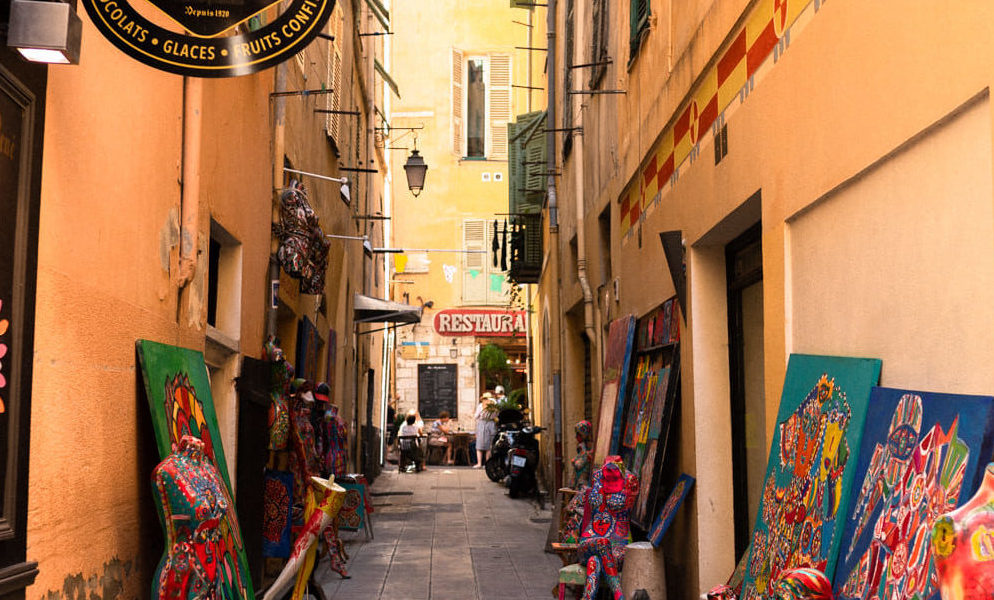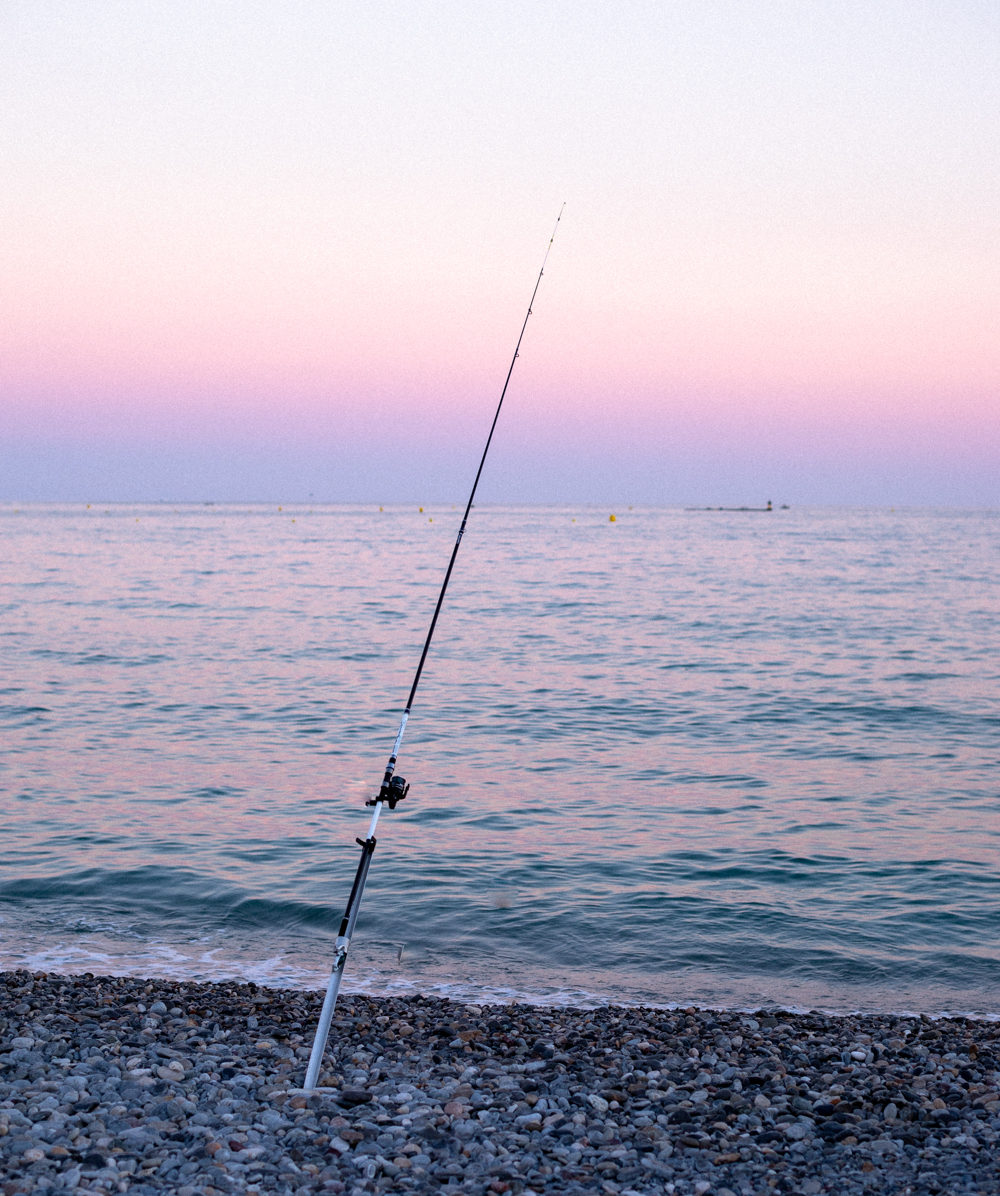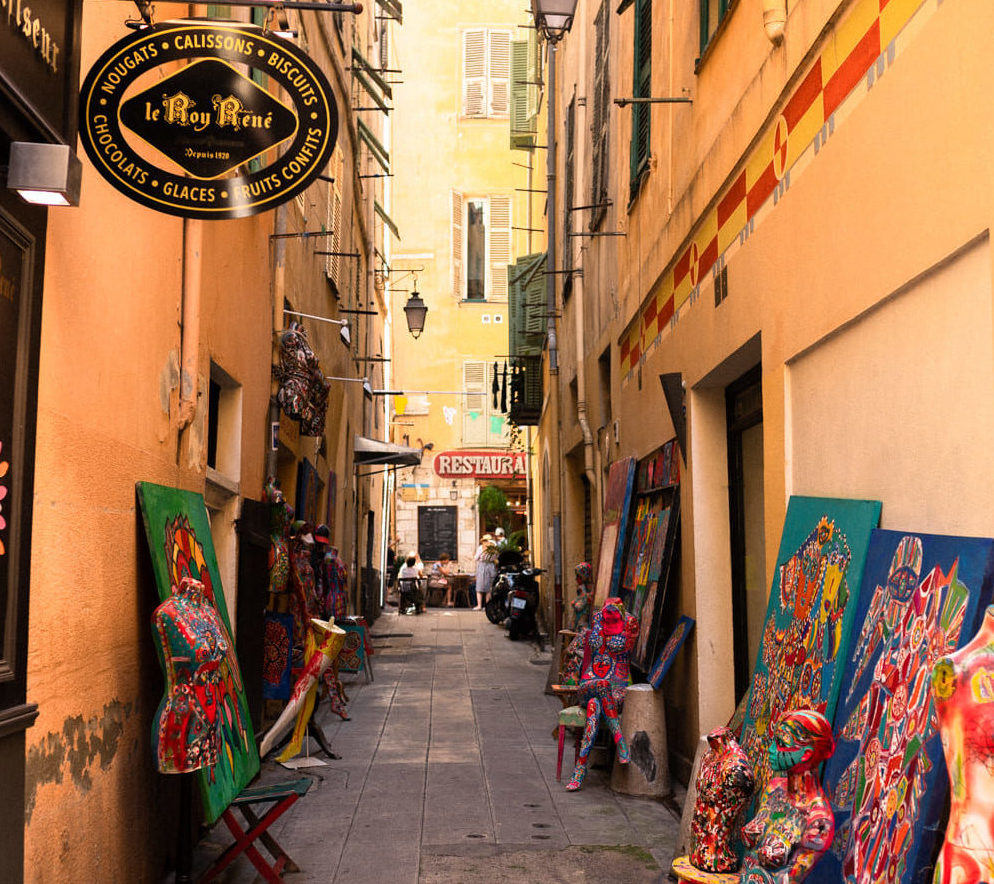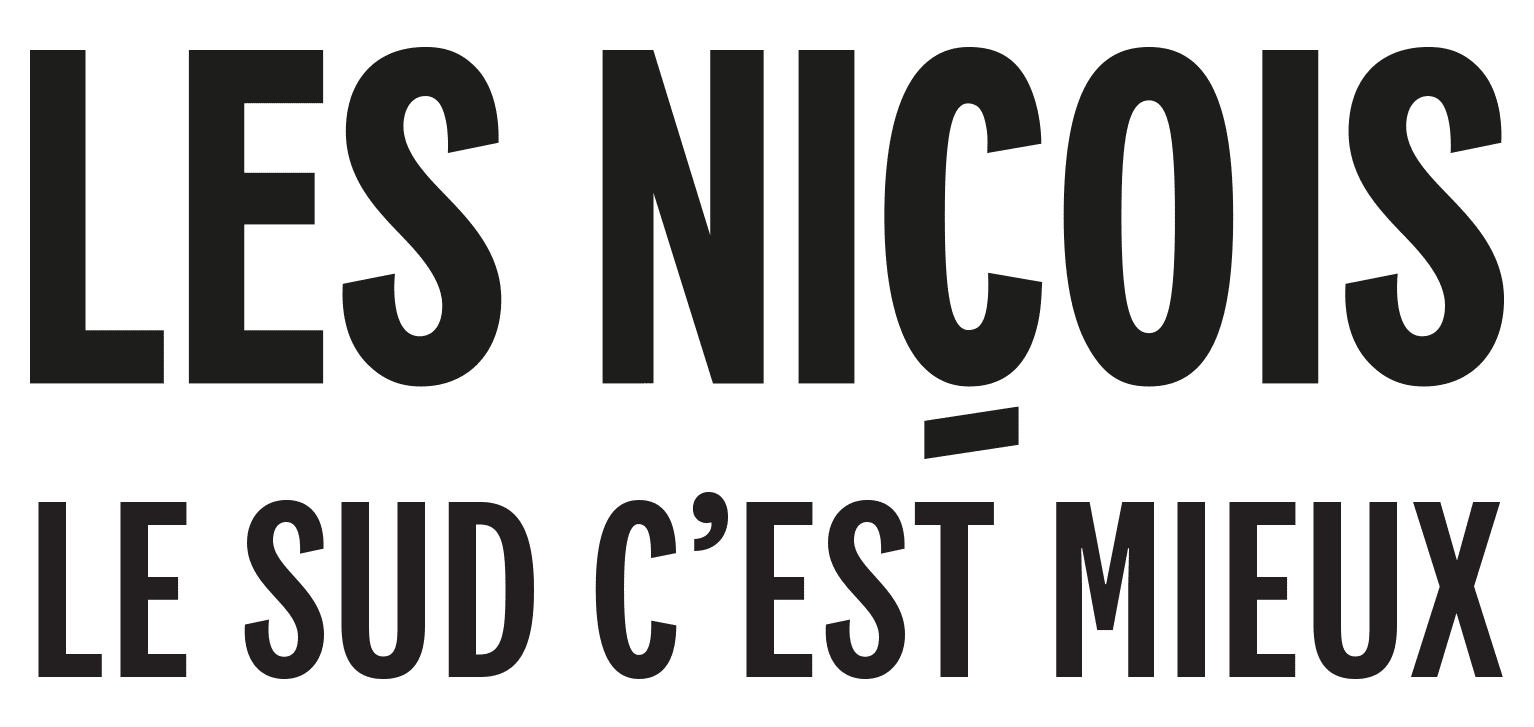VISIT NICE

Nice? Of course, Chagall and Matisse, César and Arman, but also Dick Rivers, Jenifer and Gilbert Bécaud.
There is even the National Sports Museum, with the most amazing collection of medals, martial arts outfits (did you know that Yves Klein wanted to be a judoka?) and other football boots that you can imagine. In other words, there is something for everyone in the Bay of Angels, whether you are an opera fan in an Italian-style hall or a fan of naive paintings in the former property of a famous perfumer.
“Nice is an oasis by the sea, with forests of mimosas and palm trees, and there are Russian and English princes fighting with flowers,” said Romain Gary, a native of Nice who arrived from Poland in the summer of 1928 and dreamed of a future as a writer in the ground floor flat at 7, boulevard François-Grosso. In Nice, we think that following in the footsteps of the twice-concurred resistant-diplomat-author-prolific is quite something (and rereading La vie devant soi in passing, too).
And to marvel at the city, to let yourself be surprised, just like that, by entering somewhere, or just by looking at the sea, that’s not bad either.

The sea, first of all: you have to climb to the top of the hill of the Château to see it all. The view is breathtaking and it is an essential prerequisite before going to the Matisse Museum (164, avenue des Arènes de Cimiez) to meditate in front of the Blue Nude IV painted in his room-workshop of the former Régina Hotel. The other star, of course, is Matisse, of Russian origin like Gary, who lived for a long time in Vence where he ended his life surrounded by his cats.
The museum, built by André Herman, former collaborator of Perret and Le Corbusier, is a model of its kind, bathed in light and surrounded by a garden planted with olive trees, cypresses and holm oaks (a little secret: the agapanthus blossoms around 7 July, the painter’s birthday). A perfect and somewhat secret place to chill out after so much beauty.
Then, go back up a bit to the strange Villa Cameline (43, villa Cameline), a former Belle Époque architectural jewel that has long been squatted and left in a state of repair to welcome emerging artists, in situ creations and independent curators. Imagine Marcel Proust in the land of graffiti artists, and you’ll get the idea. Then go back down to the must-see places in the old town of Nice and on the seafront (stopping off in the “Ségurane village” on the street of the same name, the HQ of Nice’s antique dealers on the port side). First, the Palais Lascaris (15, rue Droite), a kind of Downtown Abbey but in a 17th century version, with a hallucinating ceremonial room which proves that the desire to show off did not wait for Instagram to exist. Then, the Massena museum (entrance by 65, rue de France): you enter one of the last villas of the end of the 19th century overlooking the sea, with a private garden reconstituted identically.
You will discover the history of Nice… and a lifestyle that the whole world envied to the jet-set of the Riviera, at the time when tourism was invented (in winter).
Finally, a clash of eras in the style of Nice, where, as in a salad, everything mixes together very well: Liberty buildings, Italian baroque and…
contemporary art. At the Mamac (place Yves Klein), a reference for modern creation in Nice, with one of the most beautiful collections in the world of this school infused with light. At the Villa Arson (20, avenue Stéphane-Liegerad) – a historic building dressed in fiery red and which is both a school of fine arts, a national centre for contemporary art and an artists’ residence. Or at La Station (89, route de Turin).

